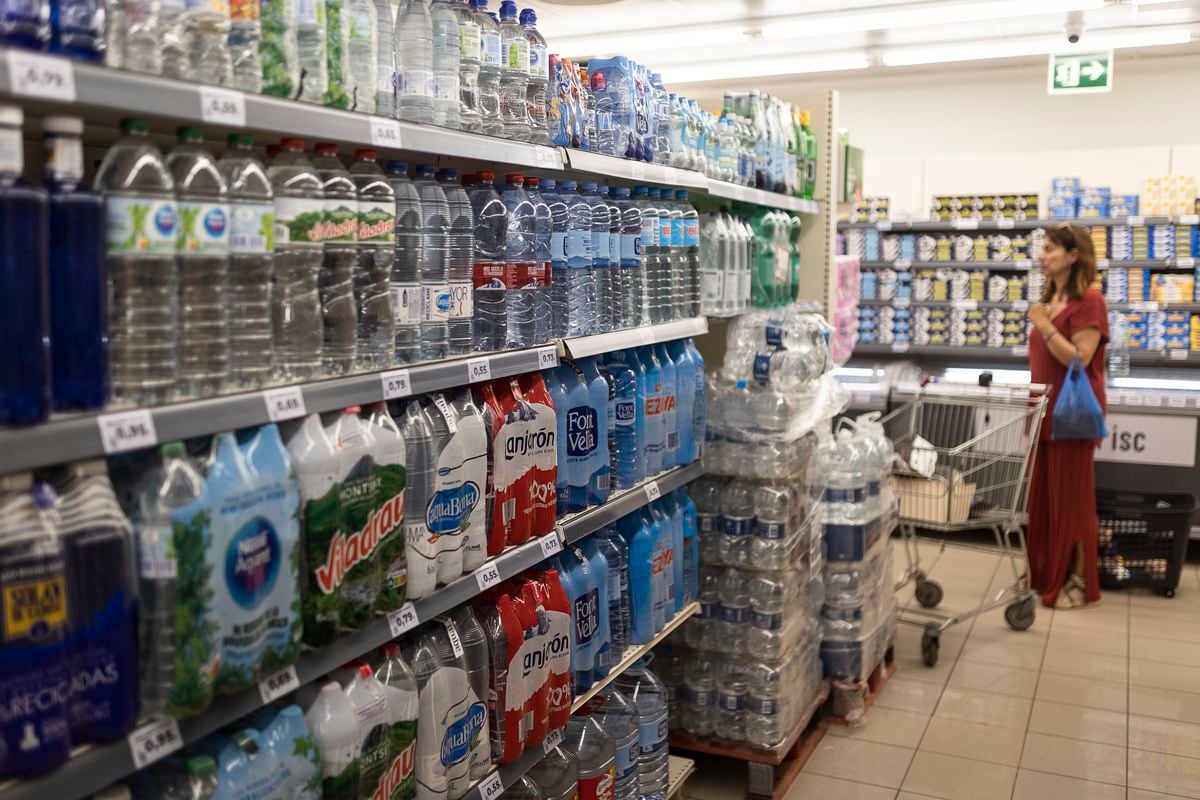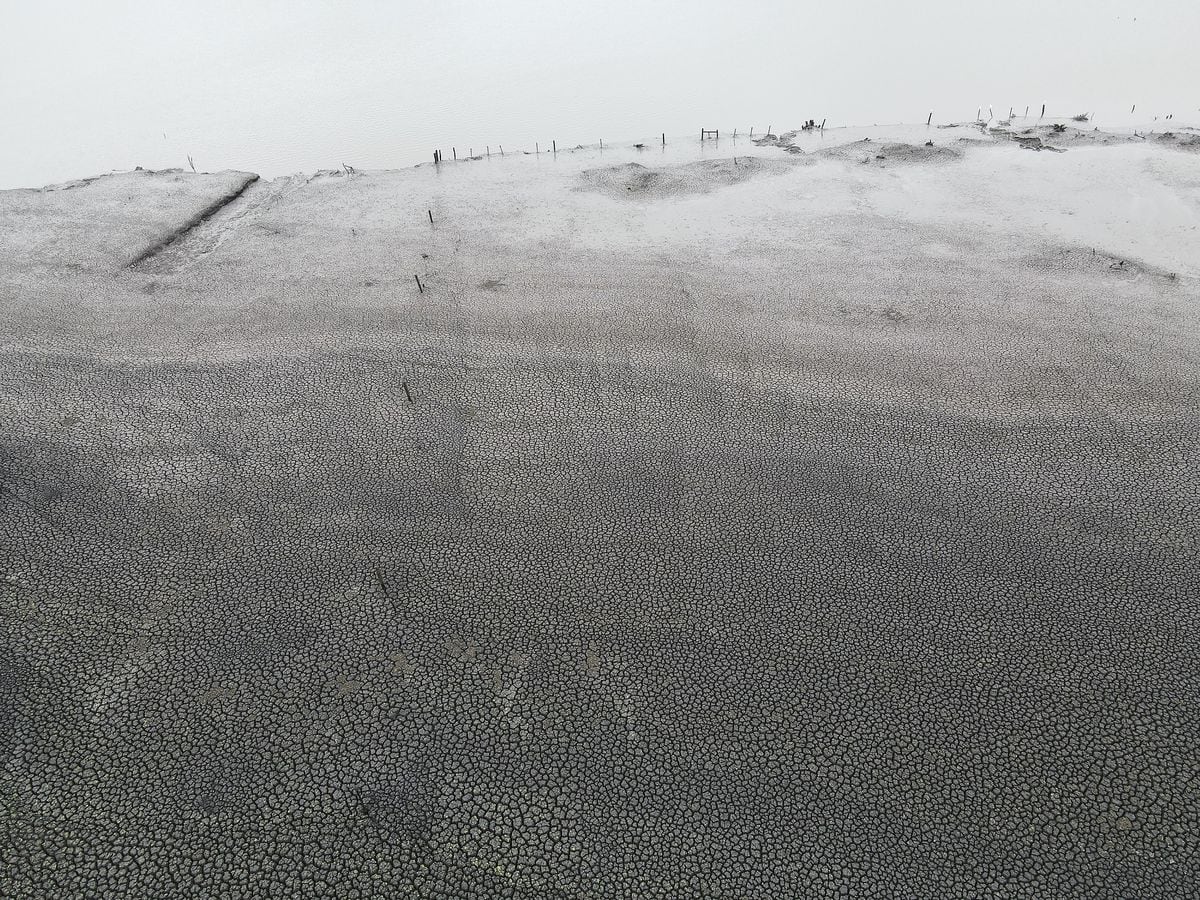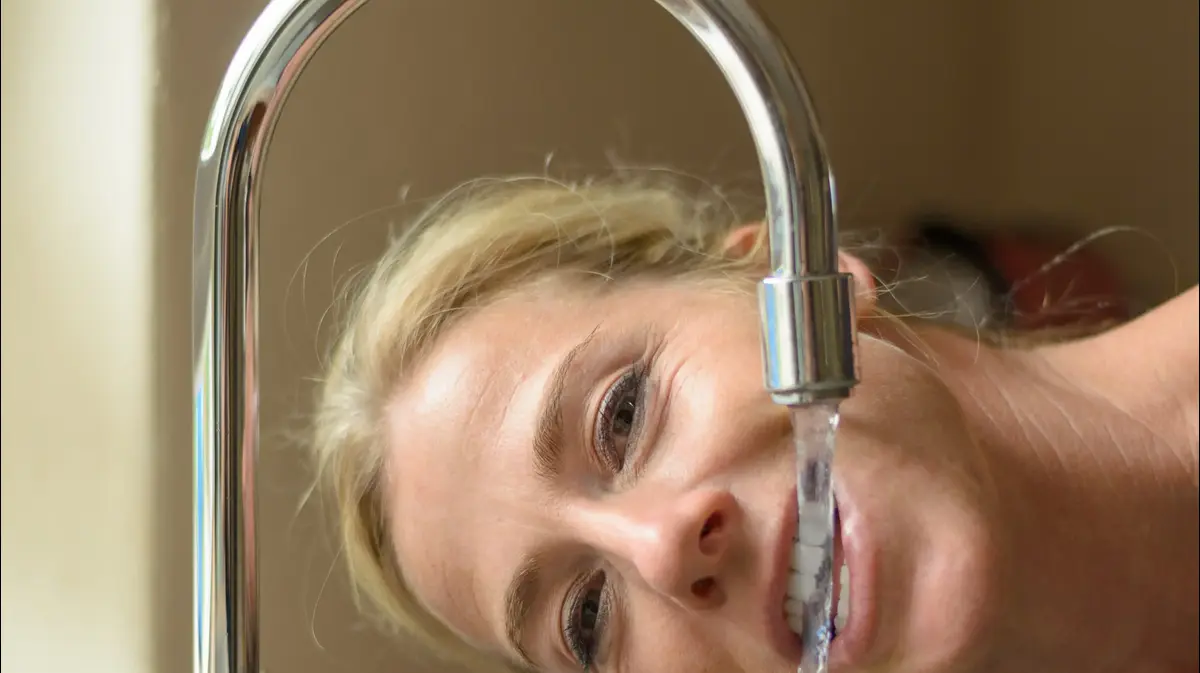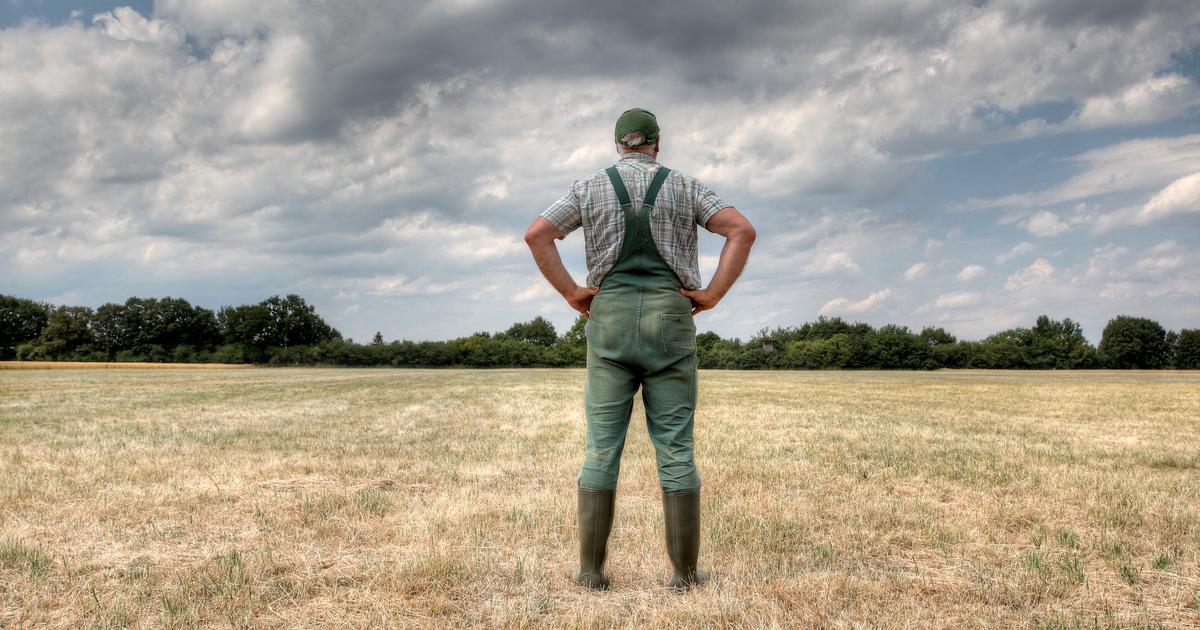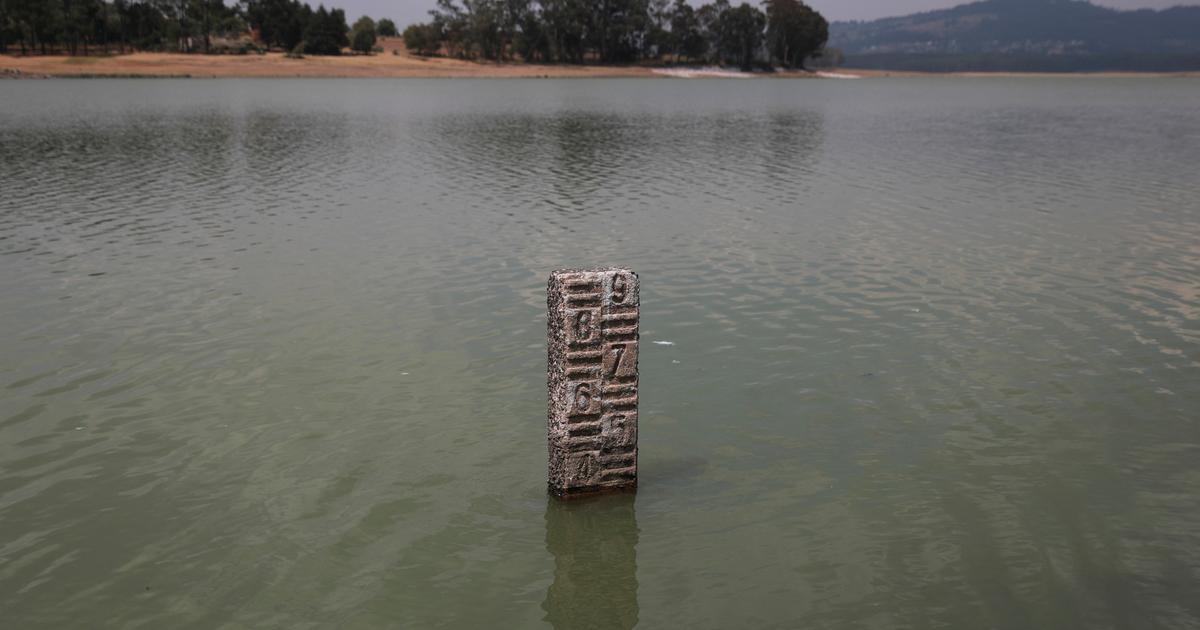Shelves of bottled water in a supermarket in Barcelona.Albert Garcia
Catalonia is in an exceptional phase due to a drought that is already beginning to cause consequences.
Outside of it, the natural mineral water bottling companies evolve.
Extraction continues to grow and in 2022 1,869 million liters were bottled, the third highest figure in two decades.
It is a traditional source of wealth, especially for the Montseny-Guilleries area which, with an extraction of some one billion liters per year, is the
factory
largest bottled water supplier on the Iberian Peninsula, with brands such as Font Vella or Viladrau.
The employers assure that the total of Spain does not represent even 0.03% of water resources and that these are outside the water cycle that carries water from the headwaters of the rivers, treats it and supplies it to the bulk of the population .
In Catalonia, companies pay a water fee of 0.00021 cents for each liter extracted.
According to data from the Association of Mineral Waters of Spain (Aneabe), Spain is the fourth country in the European Union in mineral water production and in 2021 the sector contributed 1,274 million euros to the Spanish economy.
The report on Food Consumption in Spain from the Ministry of Agriculture and Food states that mineral water continues to be the drink most consumed by Spaniards, 45% of the total.
In order to be bottled and marketed, the waters of a spring must have the authorization of use and the declaration of the mineral condition of the water which, in Catalonia, depends on the General Subdirectorate of Mines of the Generalitat.
Authorizations, according to the Department of Business, "do not have a fixed and determined term established by law."
That is, they can be perpetual and only linked to the capacity of the aquifer.
Last year, 6,300 million liters of water were bottled in Spain, and annual consumption was 132 liters per capita, 5% more than in the previous year.
These figures include both still and carbonated waters, which are drunk to a lesser extent (4% of the total).
In Catalonia, according to the Generalitat, 1,869.21 million liters of water were bottled, 60% distributed in shops and the remaining 40% through the restaurant sector.
According to the statistics of the Catalan Association of Water Bottlers (ACEA), it represents 29.6% of the total liters bottled in Spain with a per capita consumption of 168 liters per year, 0.45 liters per day.
This contrasts with the 130 liters a day of tap water that is consumed, Civit points out.
In Catalonia some twenty collections are in operation, a dozen less than at the beginning of the century.
The smallest have closed, such as Fonter in Amer (Selva), not due to lack of water, but because they cannot compete with the prices of white brands and the advertising force of large groups.
However, there are more brands because they are marketed new from outside Catalonia.
Bottlers in the Girona region represent 80% of all registered brands and more than 90% of the water sold from Catalonia.
Girona is a land of water, one of the territories in Spain where the most bottled mineral water marketing companies are concentrated, 22 of the 33 brands come from their regions, mainly from La Selva (16), with towns historically linked to the exploitation of water spring, such as Caldes de Malavella or Sant Hilari Sacalm.
The mineral water that is currently exploited comes from very deep catchments that are not related to the surface circulation of water, they point out from the Generalitat.
If that water was not extracted, it would not end up in streams, rivers or wells.
When it rains or snow melts, water that seeps into the soil or rocks circulates and can take years to reach the aquifer.
They affirm that if the drought is seasonal —for a period of a few years—, “it does not significantly affect these aquifers, since the water has a very long transit time, which can last for hundreds or thousands of years ”.
In Vilajuïga it is estimated that water from 8,000 years ago is coming out, explains David Brusi, professor of geology in the Department of Environmental Sciences of the UdG and director of the Geocamb Center (Geology and Environmental Cartography).
However,
This episode of drought does not increase the sales of the packaging companies.
Despite the lack of rain, "drinking water is assured and, therefore, there has not been or is not expected to increase consumption," Civit details.
The best commercial times are those of heat and when there are floods, due to problems in the supply of drinking water, because more bottled water is consumed.
The Mining Law 22/1973, which governs extraction, grants the current bottling companies the possibility of extracting mineral water from the subsoil in exchange for a negligible fee to the administrations for the exploitation of a public resource.
In Catalonia it has not changed since 2017, they pay 0.21 euros per cubic meter to the Catalan Water Agency (ACA).
This explains, in part, the continued growth of the sector, however, for Luis Babiano, manager of the Spanish Association of Public Supply and Sanitation Operators (EOPAS), the determining factor for its growth is the "symbolic value" that they have achieved create "by associating bottled water with health, sport or youth".
“The fabrication of this myth explains the success of the consumption of this product throughout Europe”, he affirms.
He also remembers that bottled water, at a minimum of 0.21 euros per liter, is 126 times more expensive than 0.00166 euros for tap water.
Taking advantage of this difference and remembering the exhaustive controls that this water passes, they are carrying out the
Progrifo Campaign
To make the population aware of its qualities, the sanitary controls of the supply network with a distribution system that does not require fuel and is respectful of the environment because it does not generate waste.
For its part, Civit argues that they bottle the mineral water "at the point of spring, it is only filtered from stones, it does not have chemical treatments to make it drinkable or protect it from all the pipes through which it must pass, such as tap water" .
Despite the fact that the number of millions of liters is mandatory, maintains Brusi, the 1,869 cubic hectometres bottled last year in Catalonia represent 0.18% of the capacity of the reservoirs in the internal basins.
The 6.3 million hm³ of bottled water in Spain would fill two Barça pitches, much less than the water to fill swimming pools, which is estimated to be about 60 hm³.
You can follow EL PAÍS Catalunya on
and
, or sign up here to receive
our weekly newsletter
Subscribe to continue reading
Read without limits
Keep reading
I'm already a subscriber

